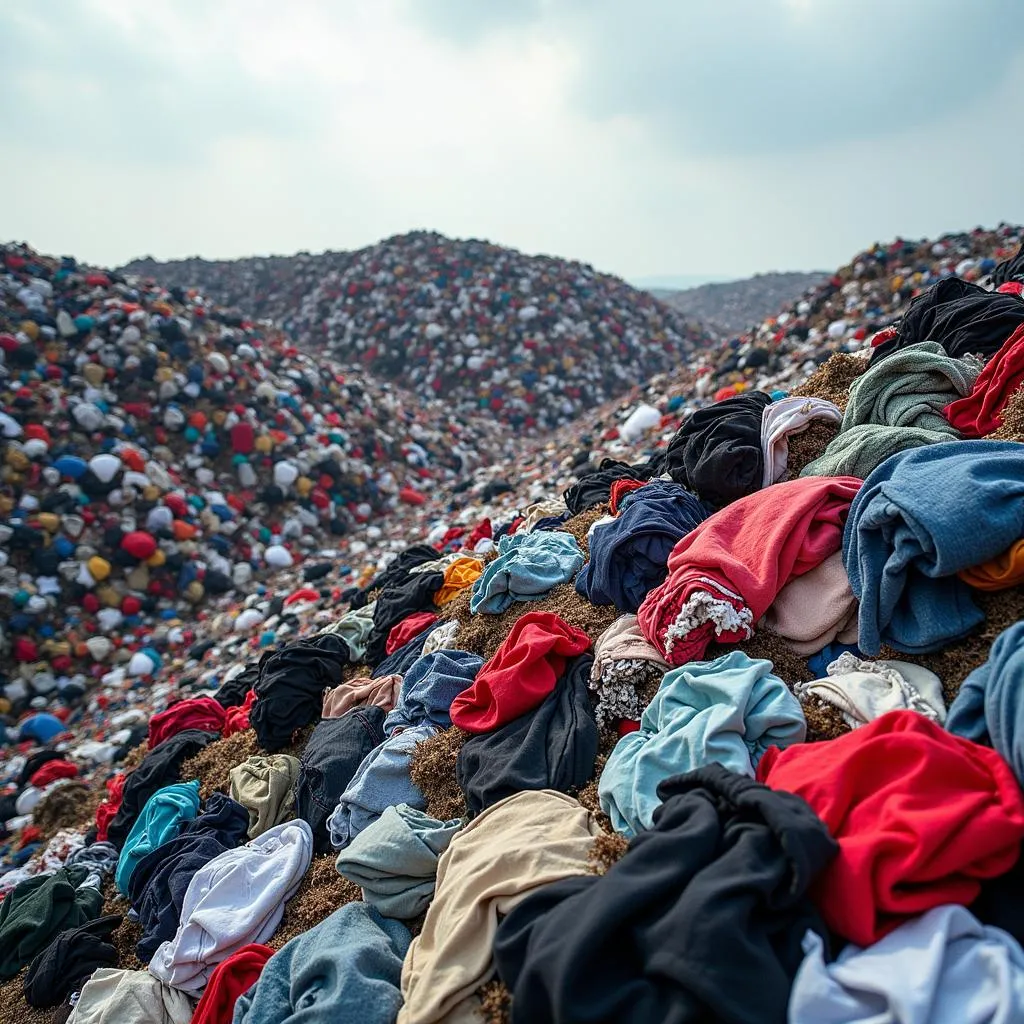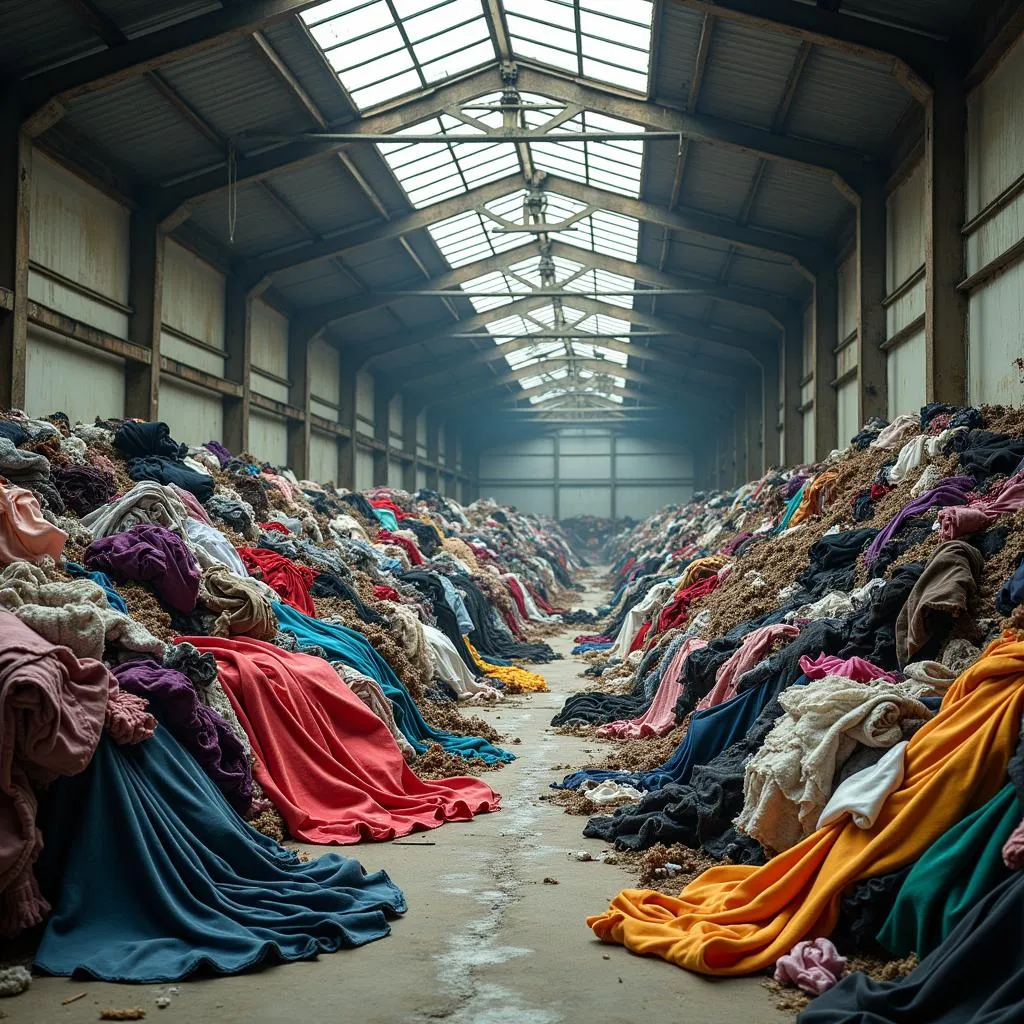The PTE Academic exam is a standardized English test widely recognized for assessing a candidate’s speaking, writing, reading, and listening skills. One section, Summarize Written Text, within Speaking & Writing, measures how effectively candidates can condense a written text into a single sentence. A popular topic seen recently in PTE exams is the Environmental Effects Of Fast Fashion. Let’s explore the impacts of fast fashion and practice them in the context of PTE Summarize Written Text tasks.
What is Summarize Written Text?
In the Summarize Written Text task, you are asked to read a passage of 150–300 words and condense it into one sentence of 5–75 words. This test evaluates your ability to extract key information, summarize ideas clearly, and integrate grammar and vocabulary well.
Fast fashion has become a recurring theme in this section due to its significant impact on the environment. Not only does it increase waste due to highly disposable clothing, but it also has social and environmental costs. Fast fashion’s social and environmental costs touch on significant issues such as pollution during production and exploitation of labor.
 Fast fashion's social and environmental costs
Fast fashion's social and environmental costs
Sample Questions for Summarize Written Text (Environmental Effects of Fast Fashion)
Below, we provide multiple sample questions and answers modeled after real PTE exam tasks involving fast fashion. These examples cover band scores from various proficiency levels, including high, medium, and low scores.
Question 1
Fast fashion has entirely reshaped the clothing industry by providing trendy styles at low costs. However, this model comes at significant environmental costs. Clothing brands contribute to pollution during production processes through the use of synthetic materials, releasing harmful chemicals into water sources. Additionally, the speed at which consumers discard clothes has led to a massive increase in textile waste, with a majority of clothing ending up in landfills where it takes years to decompose. Furthermore, the water consumption used in textile production is considerable, exacerbating freshwater shortages in certain regions.
Summarize the passage in one sentence:
Band 8-9 Answer Example:
Fast fashion drives environmental pollution, increases textile waste in landfills, and depletes water resources.
- Content: The sentence captures the primary environmental problems caused by fast fashion — pollution, waste, and water usage.
- Form: It is written as one sentence within the word limit of 5-75 words.
- Grammar: The sentence is grammatically correct, concise, and allows for seamless comprehension.
- Vocabulary: Uses advanced and accurate vocabulary (“pollution”, “textile waste”, “depletes”).
- Spelling: There are no spelling errors.
Band 6-7 Answer Example:
Fast fashion is cheap, but it pollutes the environment and consumes a lot of water.
- Content: The key ideas are there, but it is expressed in simpler grammar.
- Form: Fits within one sentence and the required word limit.
- Grammar: While grammatically correct, it lacks complexity.
- Vocabulary: Basic but appropriate vocabulary is used (“cheap”, “pollutes”).
- Spelling: No spelling mistakes are present.
Band 4-5 Answer Example:
Fashion fast cause pollution and waste everywhere.
- Content: The ideas are partially conveyed but miss details about water usage and disposal.
- Form: This is within the word limit, but its sentence structure is awkward.
- Grammar: The subject-verb agreement is incorrect, and the structure is overly simplified.
- Vocabulary: Very basic and underdeveloped vocabulary.
- Spelling: The words are spelled correctly, but would benefit from a more sophisticated presentation.
Question 2
One of the unforeseen consequences of fast fashion is the vast amount of textile waste produced. Brands focus on mass production and quick turnover, encouraging consumers to purchase cheap clothes in bulk, only to discard them after brief periods of use. As a result, consumers’ behavior contributes to millions of clothes being sent to landfills annually. The synthetic fibers found in many modern garments are not biodegradable and can remain in landfills for centuries, causing long-term damage to ecosystems.
Summarize the passage in one sentence:
Band 8-9 Answer Example:
Fast fashion promotes mass production and quick disposability of clothes, leading to significant textile waste in landfills where synthetic fibers remain for centuries.
- Content: Fully captures the root issue (textile waste and synthetic fibers).
- Form: Abides by form requirements, word count within 75 words.
- Grammar: Clear structure and complex ideas are grammatically united.
- Vocabulary: Great use of specific words like “quick disposability”, “significant textile waste”, “synthetic fibers”, and “centuries”.
- Spelling: Perfect spelling throughout the answer.
Band 6-7 Answer Example:
Fast fashion causes people to buy clothes in bulk, which ends up in landfills and stays there for a long time.
- Content: Main ideas conveyed sufficiently, though lacks elaboration on the type of materials.
- Form: Written in one sentence and meets the word limit.
- Grammar: Correctly structured sentence, but with simpler sentence structures.
- Vocabulary: Acceptable, though simpler words like “ends up” and “long time” weaken the precision.
- Spelling: All words are spelled correctly.
Band 4-5 Answer Example:
Fast fashion make so much trash.
- Content: The idea of waste is mentioned but lacks details about synthetic fibers or landfills.
- Form: The sentence is too brief and simplistic.
- Grammar: Incorrect verb forms (“make” should be “makes”).
- Vocabulary: Basic and underdeveloped vocabulary usage.
- Spelling: Correct spelling but lacks richness in the sentence structure.
 Fast fashion's contribution to textile waste
Fast fashion's contribution to textile waste
Question 3
Fast fashion not only harms the environment by producing excessive waste and pollution, but it also challenges sustainable textile waste management. Efforts to recycle or upcycle old textiles are often insufficient to keep up with the rising quantities of discarded clothing. As a result, many have called for regulations and an increased focus on sustainable fast fashion and textile waste management initiatives to limit these effects.
Summarize the passage in one sentence:
Band 8-9 Answer Example:
Fast fashion produces excessive waste and pollution, challenging existing recycling methods while highlighting the need for sustainable textile waste management practices.
Band 6-7 Answer Example:
Fast fashion harms the environment and recycling efforts, and more sustainable practices are needed.
Band 4-5 Answer Example:
Fast fashion makes waste and is bad for the environment.
Vocabulary and Grammar
Here are ten challenging words from the given sample questions, which are essential for understanding:
-
Pollution /pəˈluːʃən/ (noun): The presence or introduction of harmful substances into the environment.
Example: The factory’s emissions contribute significantly to air pollution. -
Synthetic /sɪnˈθɛtɪk/ (adjective): Made by chemical synthesis, especially to imitate something natural.
Example: Synthetic fibers are less biodegradable than natural ones. -
Decompose /ˌdiːkəmˈpoʊz/ (verb): Break down into elements or parts due to natural processes.
Example: Organic materials decompose much faster than plastics. -
Disposable /dɪˈspoʊzəbl/ (adjective): Intended to be used once or for a short period before being thrown away.
Example: Disposable clothes from fast fashion brands increase waste. -
Ecosystem /ˈiːkoʊˌsɪstəm/ (noun): A biological community interacting with its physical environment.
Example: Textile waste negatively impacts local ecosystems. -
Turnover /ˈtɜːrnˌoʊvər/ (noun): The rate at which goods are sold and replaced.
Example: Fast fashion companies have an incredibly rapid turnover. -
Biodegradable /ˌbaɪoʊdɪˈɡreɪdəbl/ (adjective): Capable of being decomposed by bacteria or other living organisms.
Example: Cotton is biodegradable, while polyester is not. -
Upcycle /ˈʌpsaɪkl/ (verb): Reuse discarded material to create something of higher quality.
Example: Efforts to upcycle old clothing haven’t reduced textile waste sufficiently. -
Mass production /mæs prəˈdʌkʃən/ (noun): The manufacture of large quantities of standardized products.
Example: Fast fashion relies on mass production to deliver cheap clothing. -
Regulation /ˌrɛɡjəˈleɪʃən/ (noun): A rule or directive made and maintained by an authority.
Example: Governments are considering new regulations on fast fashion to protect the environment.
 Challenges of recycling in fast fashion
Challenges of recycling in fast fashion
Conclusion
In summary, fast fashion’s contribution to environmental degradation is a common theme in the Summarize Written Text section of the PTE exam. Understanding both the core issues and the language necessary to express ideas concisely is key to succeeding in this task.